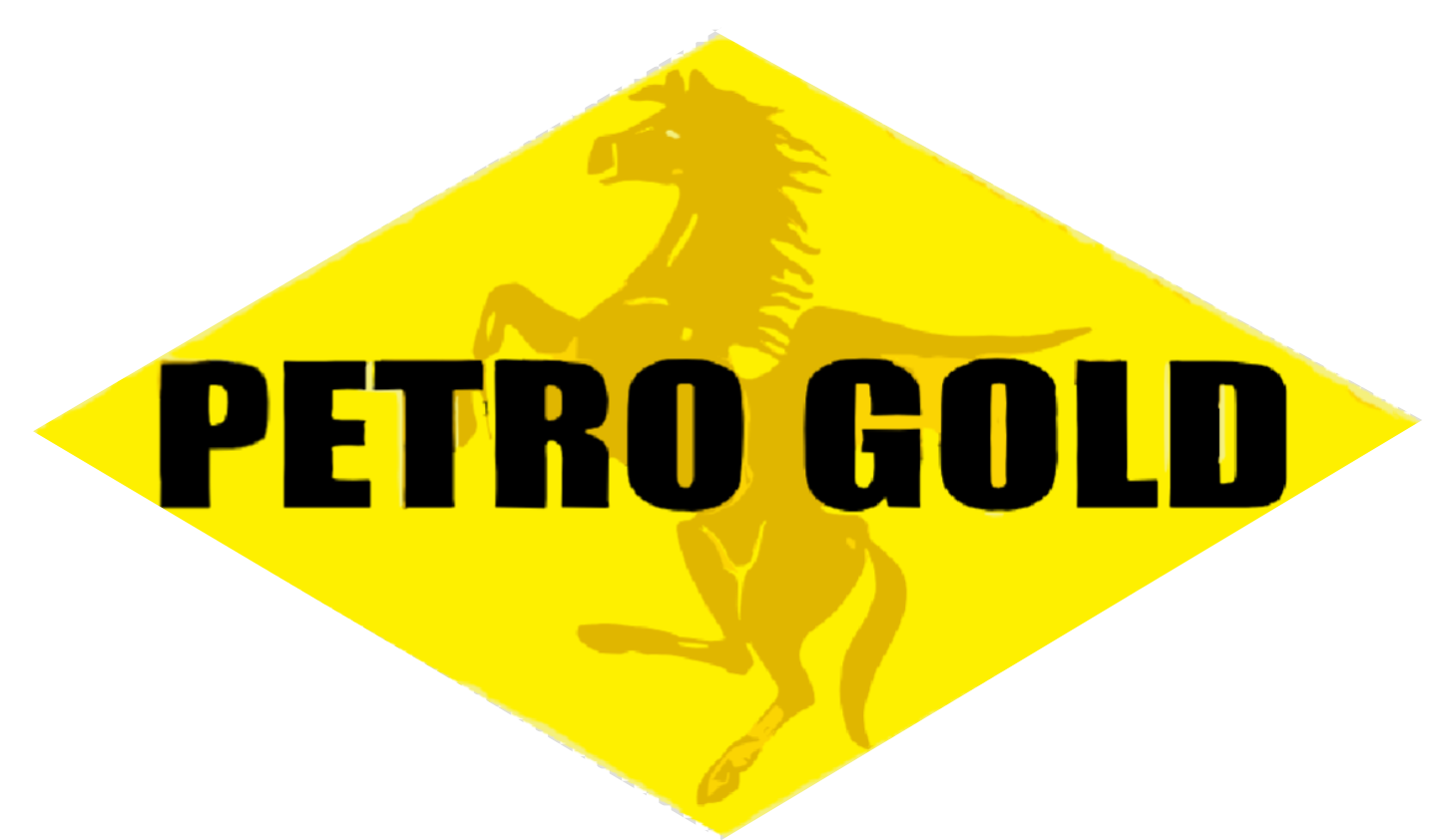
Goldbitumen, a leading manufacturer of high-quality bitumen from Iran, produces durable grades designed to perform under intense sunlight. Because UV exposure is one of the biggest enemies of asphalt, roofing felt, and waterproofing membranes, understanding the UV resistance of bitumen helps engineers, contractors, and buyers make better decisions. When bitumen cannot resist UV, it deteriorates much faster, causing cracks, color changes, and loss of elasticity. Therefore, having a strong UV-resistant binder ensures longer life, lower maintenance costs, and safer construction results.
What Does UV Resistance of Bitumen Really Mean?
UV resistance of bitumen refers to the material’s ability to withstand ultraviolet radiation from sunlight without losing its physical properties. Since bitumen is a hydrocarbon binder, sunlight can trigger oxidation and chemical breakdown. As a result, the binder becomes harder, less flexible, and more prone to cracking. UV-resistant bitumen slows these reactions and keeps the material strong for many years.
Why UV Resistance of Bitumen Matters in Every Climate
Although UV exposure is strongest in hot regions, UV damage also happens in mild or cold climates. Because UV rays are constant, even seemingly low-sunlight areas experience gradual bitumen aging. Strong UV resistance of bitumen helps prevent:
-
surface hardening
-
micro-cracks
-
color fading
-
oxidation
-
brittleness
-
early failure of membranes or asphalt
Additionally, contractors save money because they do not need frequent repairs or resurfacing.
How UV Light Damages Bitumen Over Time
To understand the importance of UV resistance of bitumen, it helps to know how the damage happens. UV rays:
-
break chemical bonds inside the binder
-
increase oxidation speed
-
reduce the binder’s flexibility
-
weaken the asphalt mixture
-
cause surface aging and cracking
Because these reactions happen slowly but continuously, UV-resistant formulations are essential for long-term durability.
Factors That Improve UV Resistance of Bitumen
Not all bitumen has the same resistance levels. Several factors influence performance under sunlight:
Harder grades often resist UV slightly better, but too much hardness reduces flexibility. Balanced penetration grades perform best.
2. Polymer Modification
Adding polymers like SBS, EVA, or APP increases UV resistance significantly. These polymers absorb UV energy and keep the binder flexible.
3. Anti-UV Additives
Manufacturers use anti-oxidants, stabilizers, and UV absorbers that slow the aging process.
4. Mineral Fillers
Calcium carbonate, talc, and other fillers help reflect some UV energy.
5. The Production Process
High-quality refining leads to cleaner, more stable molecules that resist breakdown better.
Because Goldbitumen uses modern production methods, their products show excellent UV stability.
How to Test the UV Resistance of Bitumen
Engineers evaluate UV resistance of bitumen using several standard laboratory tests:
• UV Aging Tests
Samples are exposed to UV lamps for hours or days to measure changes in hardness, penetration, and ductility.
• Rolling Thin Film Oven (RTFO)
Although this test is for heat-aging, it also indicates how the binder will behave under sunlight.
• Pressure Aging Vessel (PAV)
Simulates long-term oxidation that UV exposure accelerates.
• Color Change Observation
UV-damaged bitumen often becomes grayish or faded.
• Ductility Test
Checking loss of elasticity after UV exposure shows how the binder ages.
These tests help manufacturers guarantee strong UV resistance of bitumen used in roads and waterproofing.
Effects of UV Resistance of Bitumen in Asphalt Roads
UV-resistant bitumen keeps roads stronger and safer. When asphalt is protected from sunlight:
-
cracking rate decreases
-
rutting slows
-
surface aging is reduced
-
color remains more stable
-
maintenance intervals become longer
Additionally, UV resistance is crucial for areas with high temperatures, desert climates, and open highways with constant sun exposure.
Importance of UV Resistance in Waterproofing Membranes
Roofing membranes and waterproofing sheets face the highest UV exposure because they are directly exposed to the sky. Without UV resistance:
-
membranes become brittle
-
protective layers peel off
-
joints crack earlier
-
water leakage increases
Therefore, APP or SBS-modified bitumen membranes with high UV resistance of bitumen are used to ensure long service life.
Increasing the UV Resistance of Bitumen in Real Projects
Contractors and manufacturers can improve UV performance through:
• Surface Coatings
Protective aluminum or mineral coatings reflect UV rays.
• Polymer-Modified Bitumen (PMB)
PMB significantly boosts UV stability and flexibility.
• Anti-Oxidant Additives
These additives slow the chemical reactions caused by UV exposure.
• Proper Storage
Keeping drums or bags away from direct sunlight prevents early aging.
These methods ensure bitumen stays strong even in harsh environments.
Signs That Bitumen Has Poor UV Resistance
When bitumen does not resist UV radiation properly, you will notice:
-
surface turning gray
-
loss of shine
-
cracking or micro-cracking
-
increased stiffness
-
reduced flexibility when bending
-
faster aging than expected
If these signs appear early, the binder likely has low UV resistance.
